Magazines list (49)
Sort:
Women of Central Europe
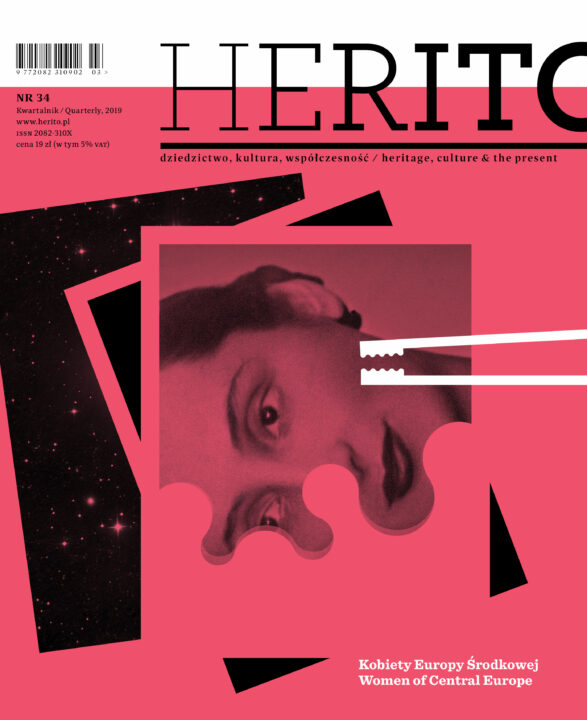
It is only recently that the role of women in history has been more fully recognised. In the early 1970s, the term “herstory” was coined to refer to history told from a woman’s point of view. Although “Herito” always seeks to offer as much space to women authors and their topics as possible, we decided to dedicate the new issue entirely to women that were significant to Central European history, culture, politics, and arts – women often forgotten, underappreciated, or intentionally erased.
Premiere:2019
Turcja - Türkiye - Turkey
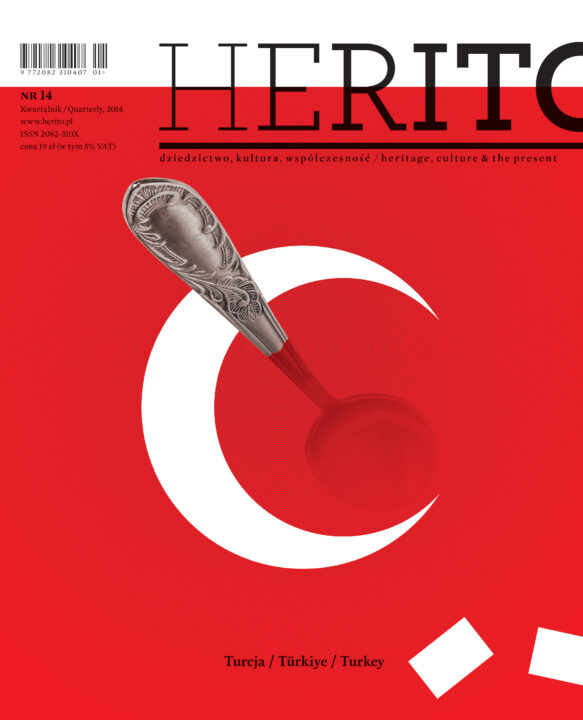
Antemurale Christianitatis – the Bulwark of Christianity – is an important constituent of many national cultures in Central Europe. It is also the experience of the Poland and Poles. Several centuries of the Polish Republic and the Ottoman Empire as neighbours are still alive in the Polish tradition and culture.
Premiere:2014
Thinking the Landscape
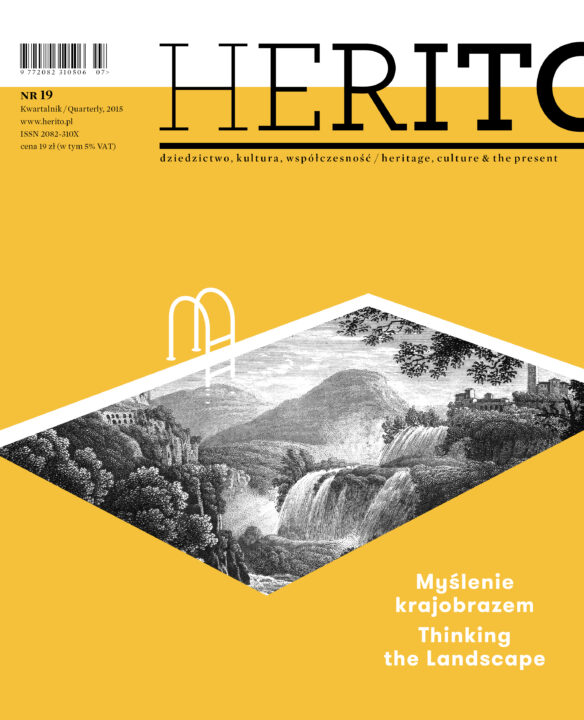
“Landscape is more than painterly or visual effects,” Stanisław Vincenz wrote in 1943. “It is also the soil on which we walk and which we work, its undulation or flatness, its waters – seas, rivers or marshes – and even the air that we breathe.”
Premiere:2015
The Oder
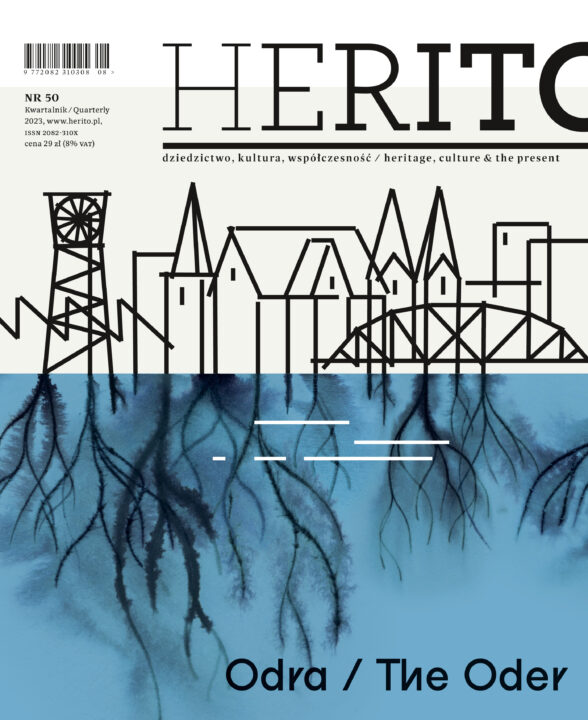
The Oder, although one of Europe’s longest rivers, has not engendered its own myths and stories like the Vistula. For years it remained the uglier sister of the Rhine, deputized to do the hardest work.
Premiere:2023
The Elusive Centre (of Europe)
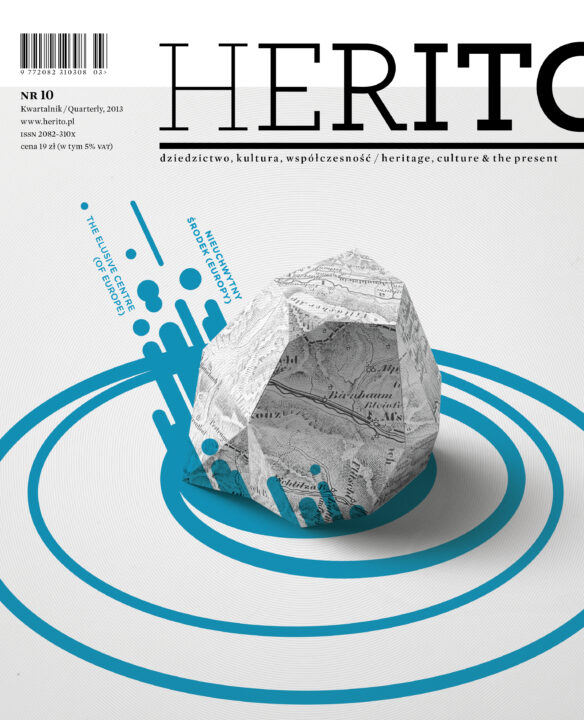
Grasping the centre is a troublesome, difficult or perhaps simply impossible task. Take, for example, the two Visegrads – places with identically sounding names, one in Hungary (Visegrád), the other in Bosnia (Višegrad). The first, which gave its name to them Visegrad Group, is a sign of the possibility of overcoming old feuds and building the foundations for mutual understanding between the countries of Central Europe. The other is a symbol of tragedy and an attempt at rejecting the past, building a future on forgetting.
Premiere:2013
The City as a Work of Art
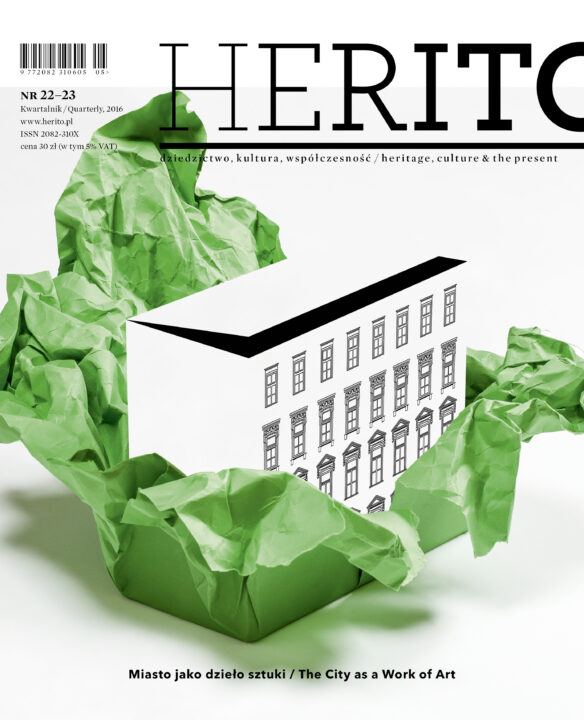
Since the time of Plato and Vitruvius the quest for truth, goodness and beauty has been accompanied by thinking on the ideal layout of the city and composition of its space. It is thus no coincidence that the dream of the ideal city fascinated so many outstanding thinkers and artists of the Italian Renaissance. The goal of achieving harmony and perfection by creating the ideal city plan – stellar, founded on the principles of regular geometricity – has largely, with a few exceptions, remained a utopia.
Premiere:2016
The City and the Museum
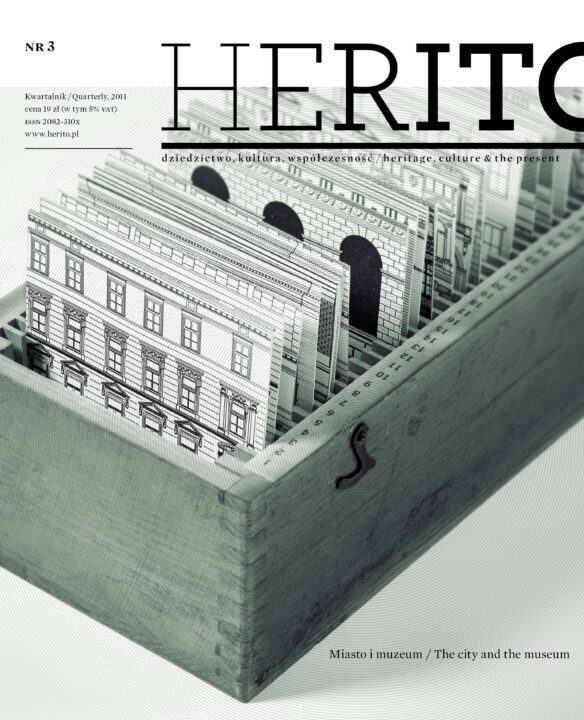
Cities are museums of a sort – as three-dimensional illustrations of history, huge collections, but also treasure chests in which the spirit of the place hides. Unfortunately, the history of our part of the continent has rarely left them intact. Their existence here is a story of ups and downs.
Premiere:2011
The Balkans Transformed
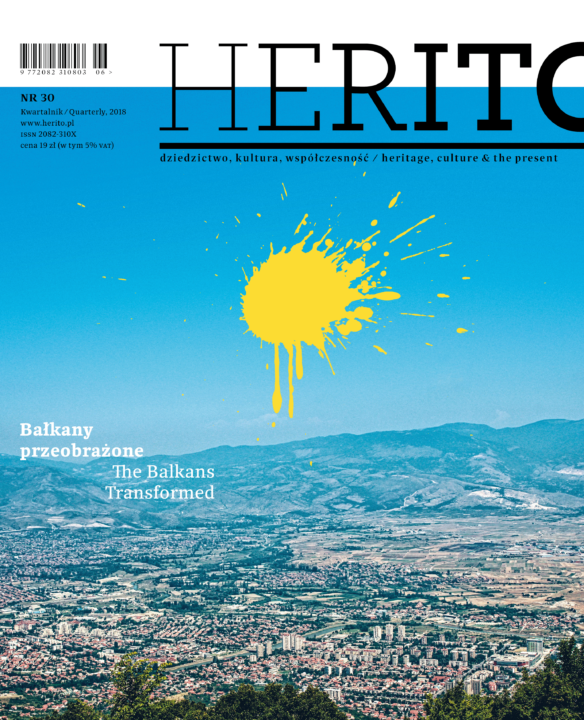
Do the Balkans still have, as Churchill suggested, “more history than they can stomach”? Are they still the “European Orient”, or a noble buffer zone? What is the condition of literatures of Balkan “smaller languages” and wherein lie their hopes? Or perhaps the old Balkans are no longer there, while its nations are merely stronger or weaker narratives? These are among the leading questions posed in the 30th issue of “Herito” quarterly.
Premiere:2018
Symbols and Clichés
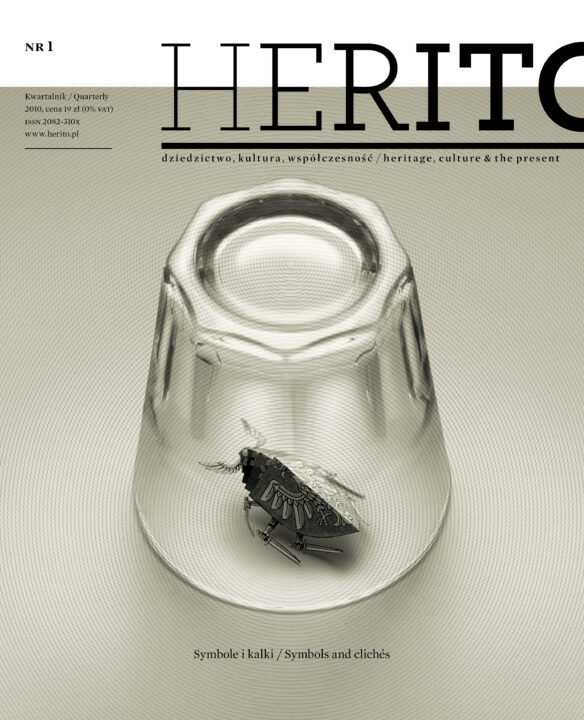
In the first issue, entitled Symbols and Clichés, we give a critical airing to notions connected with national ideologies and political myths and their functions, and look also at their various reflections in art, architecture and the landscape.
Premiere:2011
Stories From Countries Which Are no More
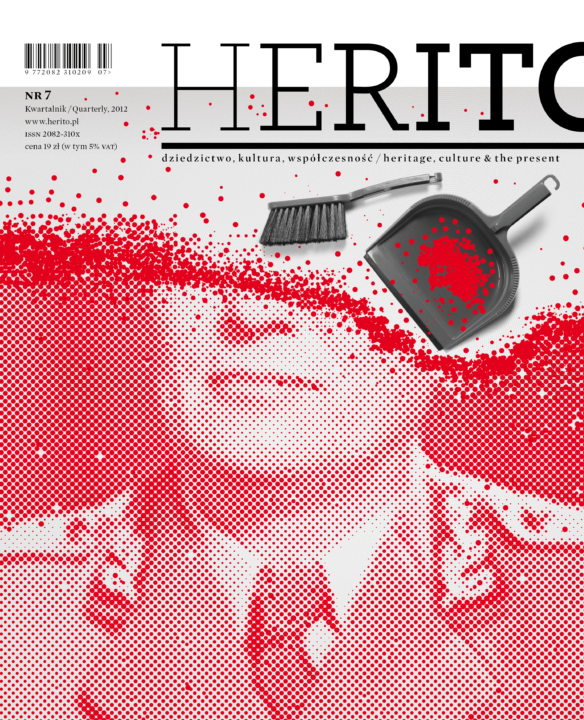
In 1989 Poland bordered three countries. Just a few years later none of them existed. During this memorable autumn Milan Kundera’s dream was being fulfilled: that the countries from our part of Europe return from the East, where they wrongly found themselves, to where they should be – if not in the West then at least in the Centre.
Premiere:2012
Copyright © Herito 2020
